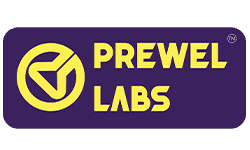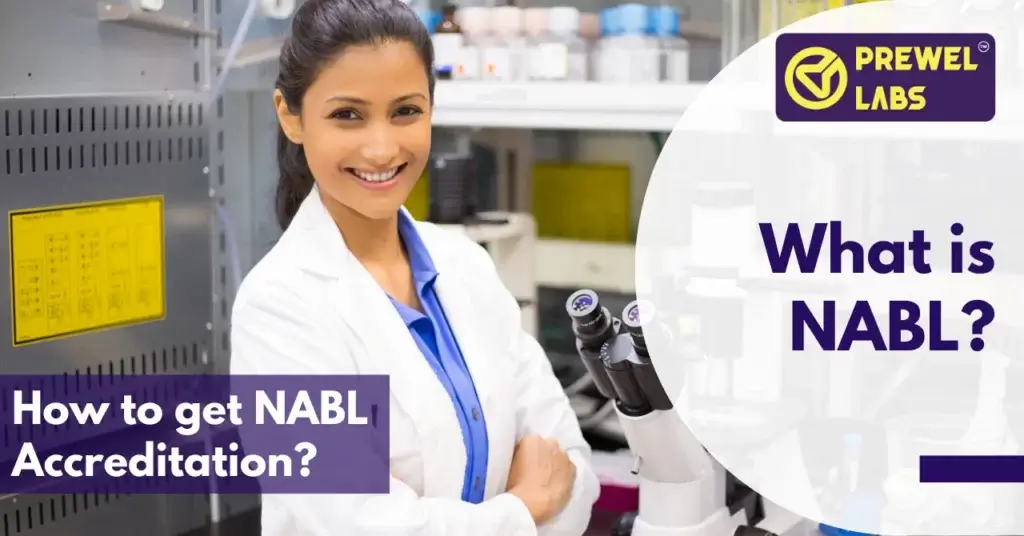Setting up a testing or calibration facility is a daunting task as it usually takes a more-than-large investment to cover the costs of equipment and other resources. And if you have recently set up a testing or calibration laboratory, you know ensuring that the quality management systems work efficiently involves much more than just installing expensive equipment. Also, if you want formal recognition that you adhere to the international standards instead of just claiming that you do, having a NABL accreditation can help you.
Yes, we are aware that having a NABL accreditation cannot double the number of your customers overnight. But what it can do is let your existing customers know that your testing facilities are reliable.
And before we get into the nitty-gritty of how you can get accreditation, it’s time to talk about NABL, the Board that doles out the accreditation.
What is NABL?
If you are from the testing/calibration industry, you’re no stranger to the National Accreditation Board for Testing and Calibration Laboratories, or NABL. The now Constituent Board of the Quality Council of India (QCI), NABL was initially set up as an accreditation program by the Department of Science and Technology, Govt. of India, in 1982 with a different name.
The Board is also a Mutual Recognition Arrangements (MRA) signatory to ILAC (International Laboratory Accreditation Cooperation) and APAC (Asia Pacific Accreditation Cooperation). As a result, any testing results from your laboratory (after its NABL accredited) will be accepted by all the other ILAC and APAC MRA partners in the world.
What are the benefits of having a NABL accreditation?
Other than the benefits listed above, having accreditation from NABL comes with enormous benefits for any laboratory. Firstly, the continuous reassessment that your laboratory will undergo will ensure that all your processes and operations are up-to-date. These reassessments can also help in the continual evaluation of your quality management systems. The international acceptance of your testing results, along with the increased customer confidence in the reliability and accuracy of testing, will only act as catalysts for your growth.
Who can get a NABL accreditation?
At present, the NABL offers voluntary accreditation services to several facilities as per the guidelines of the ISO (International Organisation for Standardization). These facilities include:
- Testing Laboratories (as per ISO/IEC17025)
- Calibration Laboratories (as per ISO/IEC 17025)
- Medical Laboratories (as per ISO 15189)
- Proficient Testing Providers or PTPs (as per ISO 17043)
- Reference material producers or RMPs (as per ISO 17034)
Yes, yours can be a chemical/biological testing lab, or a mechanical/radiological calibration lab, or even a histopathology lab and yet get accreditation. To see if your testing facilities, PTPs and RMPs are under the scope of accreditation, you need to check the Accreditation Schemes on the NABL website.
What is the process for getting accreditation from NABL?
If your laboratory is applying for accreditation, you will be referred to as a Conformity Assessment Body (or a CAB). Any applying CABs undergo the process described below:
Application
The first step is to apply for accreditation through the NABL web portal. The application usually consists of an application form and description of your management systems.
Acknowledgement and Registration of Application
Once your application materials are received, you will be given a unique ID number which you need to use for all further correspondence.
Appointment of Lead Assessor
A lead assessor is then selected from the list of empanelled assessors to review the documents that a CAB has submitted.
Document Review
The NABL is responsible for a preliminary review of the documents uploaded for accreditation, after which, the lead assessor does a thorough review of the application documents and points out any inadequacies (if any).
Pre-Assessment
The pre-assessment done next, is optional and is done to see if the CAB is prepared for the actual assessment and how many other assessors/experts will be required for the assessment.
Assessment
The assessment stage is where a team of assessors and experts, including the lead assessor, check the management systems, technical procedures of the CABs and their compliance with the international standards.
Scrutiny of Assessment Report
The assessment report prepared from the previous stage is scrutinized to see the CAB has any inadequacies in their systems and practices that should be addressed. Corrective action, in case there is any, is also suggested to the CAB.
Review of Assessment Report
The corrective actions taken by the CAB are then submitted and any gaps found in the assessment are discussed with the Lead Assessor/ Assessor/ CAB concerned. After this process is completed, the NABL makes a recommendation to the CEO informing him whether everything is in order or if the accreditation should be denied.
Accreditation Decision-Making
The CEO considers the recommendations and makes a final call as he approves of any decisions made by the NABL.
Issue of Accreditation Certificate
You will receive a certificate of NABL accreditation if the recommendations were in your favour.
Is a NABL certificate of accreditation permanent?
Accreditation from NABL is not permanent and undergoes renewal after reassessment every two years.
Couldn’t find the answer to your question about NABL? The NABL FAQs and the various NABL documents should be able to help you.
If you are looking for a testing facility that does not compromise on testing quality, look no further than Prewel Labs. With an extensive range of testing services like water testing and NABL accreditation, we give you reliable and accurate test results!

